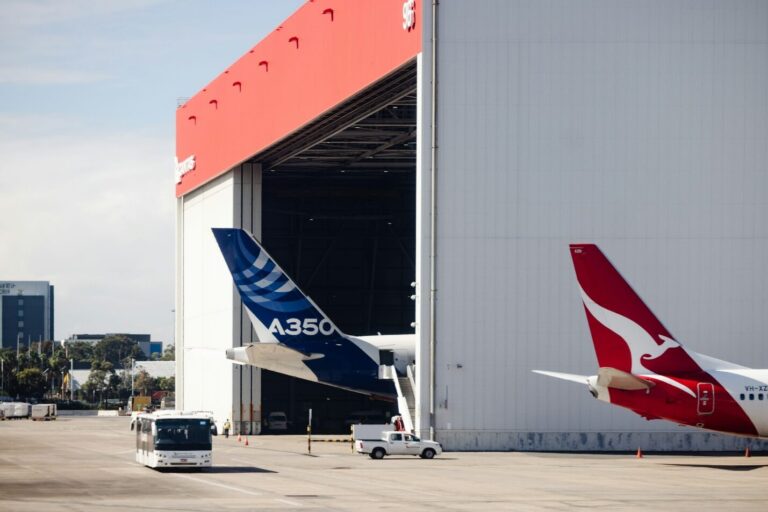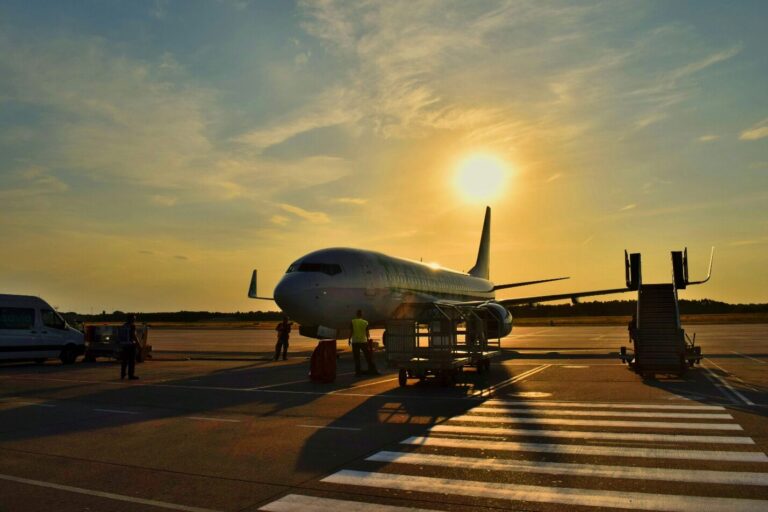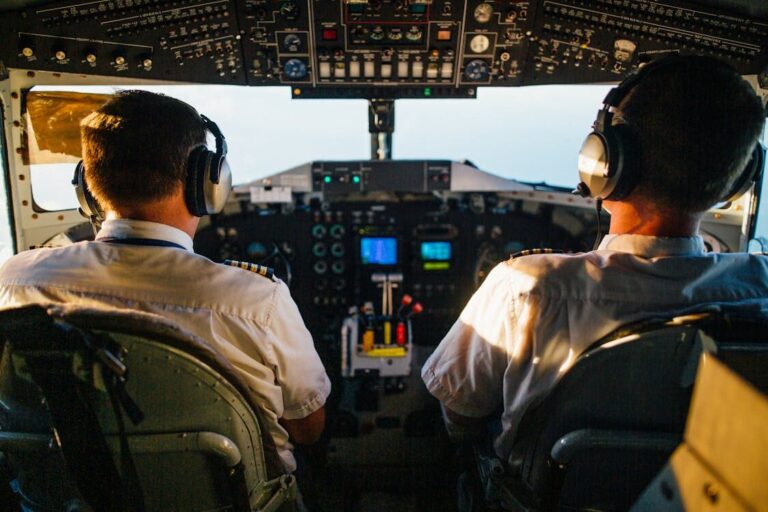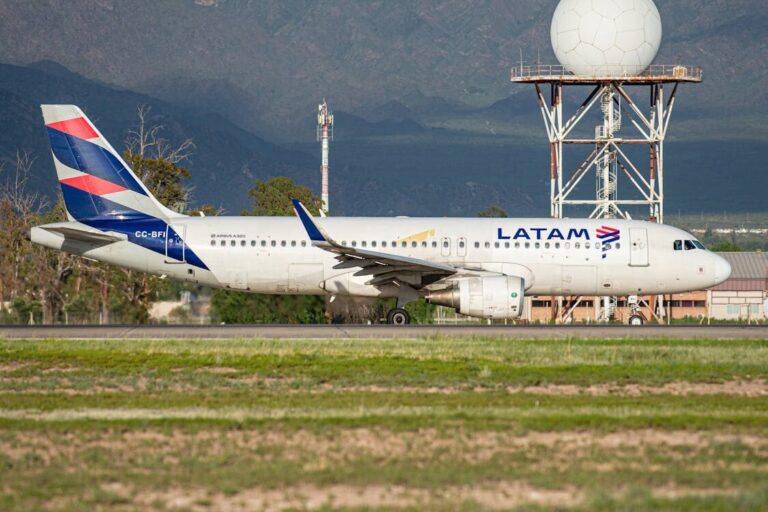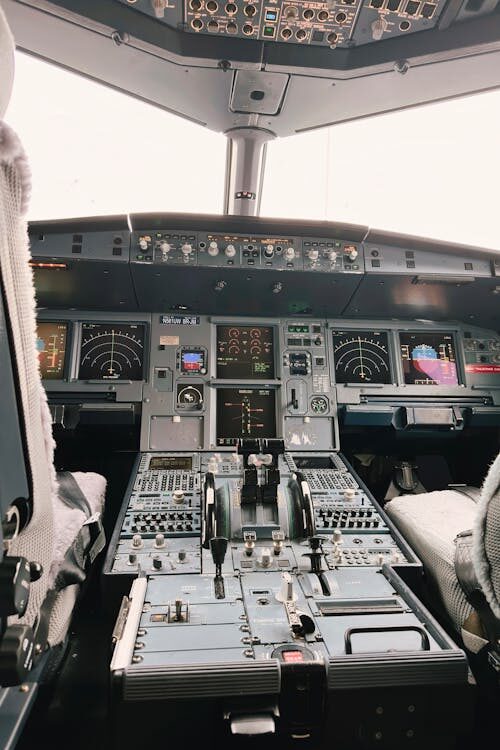
Cargo vs. Passenger: Tailoring Your AMT Certification Course Online to Niche Aviation Sectors
The aviation industry is vast, but not all aircraft serve the same purpose. Some carry people across continents, while others move essential freight around the globe. If you’re pursuing an AMT certification course, knowing the differences between passenger and cargo operations can help you choose the right path—and the right training.
As Boeing projects significant cargo growth through 2025, technicians who understand cargo-specific aircraft will be in higher demand than ever. That means choosing a general familiarization course (Gen Fam) that matches your career goals isn’t just smart—it’s essential.
Passenger Aircraft: Focused on Comfort and Safety
Passenger jets like the Airbus A320 or Boeing 737 are built for efficiency, safety, and passenger comfort. Mechanics working on these fleets need strong knowledge of pressurization systems, cabin electronics, and passenger services.
Taking an Airbus A320 general familiarization course can help aspiring technicians learn about the A320 family’s avionics, hydraulics, and flight controls. Similarly, a B737 Gen Fam course gives you hands-on insight into one of the most widely operated aircraft in the world. These courses are tailored for individuals planning to work in commercial hubs, where passenger travel is the mainstay of operations.
Passenger-focused courses provide a comprehensive look into how systems support safety and comfort, preparing technicians for roles with airlines that prioritize people over payload.
Cargo Aircraft: Power, Volume, and Reliability
On the other side of the spectrum are freighters—the workhorses of global logistics. Cargo-focused aviation requires technicians to understand unique modifications such as reinforced flooring, large cargo doors, and specialized environmental controls.
An aircraft general familiarization course designed around cargo operations, such as the B767 Gen Fam course, is ideal for those targeting careers with carriers that specialize in freight. With Boeing’s projection that cargo demand will nearly double by 2025, training on platforms like the 767 or 777 gives you an edge in this fast-expanding niche.
Unlike passenger jets, cargo aircraft place greater emphasis on payload efficiency and engine reliability. Choosing courses that specialize in these airframes equips you to stand out in the competitive cargo sector.
Choosing the Right AMT Certification Course Online
So how do you decide between passenger and cargo specialization? Start by asking yourself where you see your career going.
- If you want to work with airlines focused on moving people, prioritize training like the A320 general familiarization course.
- If you’re drawn to the logistics industry, consider training built around freighters, such as the B777 or B767 Gen Fam course.
Both pathways require a strong foundation, which is why starting with an AMT certification course is so valuable. These courses give you the flexibility to learn at your own pace while building the technical skills needed for your chosen sector.
Flexibility and Career Growth with Gen Fams
One of the key benefits of training with Gen Fams is adaptability. Whether you’re learning about passenger aircraft systems or freight operations, courses are built to be inclusive, affordable, and self-paced. You can explore everything from basic aviation knowledge to in-depth system analysis without leaving your home.
And each program, from online aviation training courses to specialized Gen Fam classes, includes a certificate recognized across the industry. That’s the kind of credibility employers look for when hiring new mechanics, engineers, and technicians.

Take the Next Step Toward Specialization
Whether your passion lies in moving people or powering global trade, tailoring your education to your career path is the smartest move you can make. An AMT certification course ensures you’re not just learning aircraft systems—you’re preparing to thrive in a specialized aviation sector.
Ready to get started? Explore Gen Fams’ courses designed for both passenger and cargo aircraft. Learn more about our approach and take your first step into a growing industry. When you’re ready to join, connect with us through our contact page.
Your aviation career doesn’t have to wait—the skies are ready for you.

